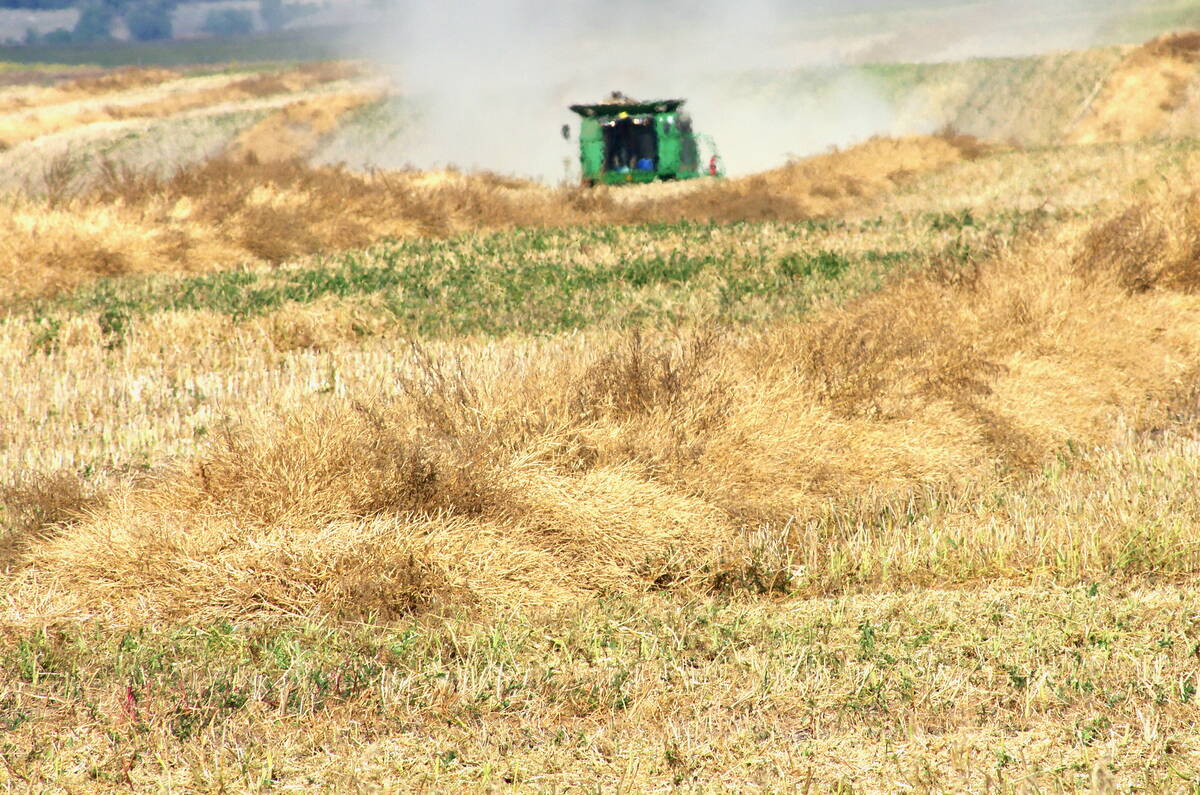(Resource News International) — New markets will need to be found for canola
meal as the growing demand for canola oil will create a glut
of the protein-rich byproduct, said an official with the
Canola Council of Canada.
Canada’s canola crush capacity is expected to increase
significantly over the next several years, with a number of
major projects in the works. The expansion is primarily to
meet the rising demand for healthy edible oils, as well as to
provide a feedstock for biodiesel production.
Read Also

ICE Canada Weekly: Canola could climb higher through to spring
With harvest pressure on canola over, the Canadian oilseed could track higher until spring, said David Derwin, commodity futures advisor for Ventum Financial in Winnipeg, Man. Although he cautioned there will be some rough patches along the way.
However, an official at
one canola crushing plant acknowledged that the question of
what to do with all of the resulting meal was becoming a
concern within the industry.
Dave Hickling, vice president of canola utilization with
the Canola Council of Canada, said his organization, together
with canola crushers, the seed sector, exporters, and other
interested parties was working to answer that question.
While Canadian canola seed typically has an oil content
of 42 to 45 per cent, Hickling said oil accounts for over 80 per cent of the
value of canola seed. He said oil would continue to drive the
market overall, but thought it was important that meal values
don’t weaken within the overall ratio.
Currently, the majority of the canola meal is used as
feed by the dairy industry, with roughly 25 per cent of total supplies
used domestically and most of the remainder exported to the
US, said Hickling.
Other non-traditional markets, such
as aquaculture, were being looked at as possible buyers of
canola meal, he said.
Another part of the solution is to see a higher inclusion
of canola meal in feed rations, Hickling said. He also pointed
out that increasing the energy content of canola meal would
make it a more desirable product for livestock feeders.
Rob Teffaine, of the Associated Proteins canola
crush plant at Ste. Agathe, Man., said his company already produced a higher energy
canola meal by using cold-press technology, which leaves more oil in the meal than does the industry-standard process, which uses solvents to extract as much oil as possible.
As a result, he was not worried
about an increase in Canadian canola meal supplies, saying
that there was a well-developed market for the specialized
canola meal produced by the plant.















